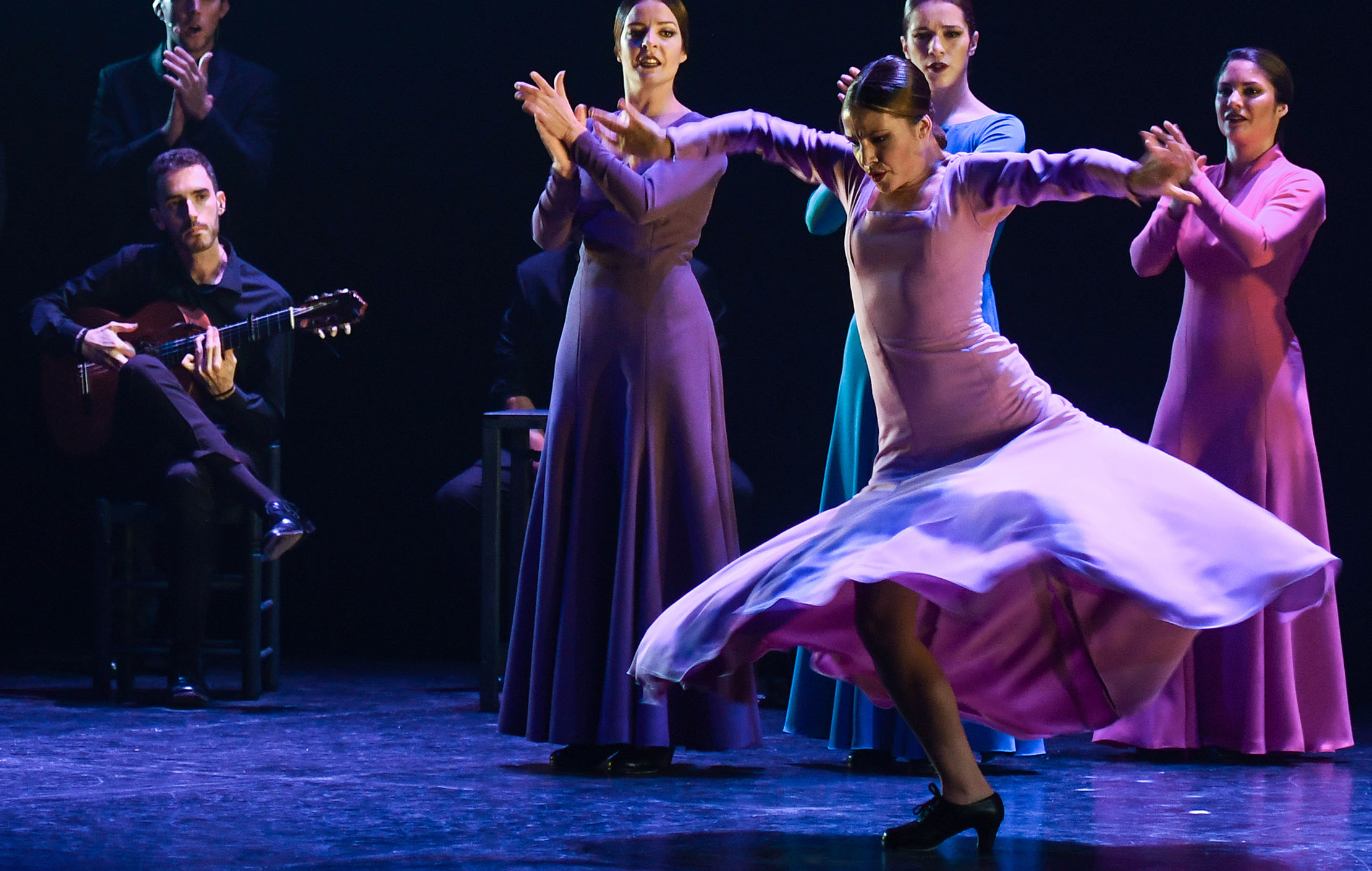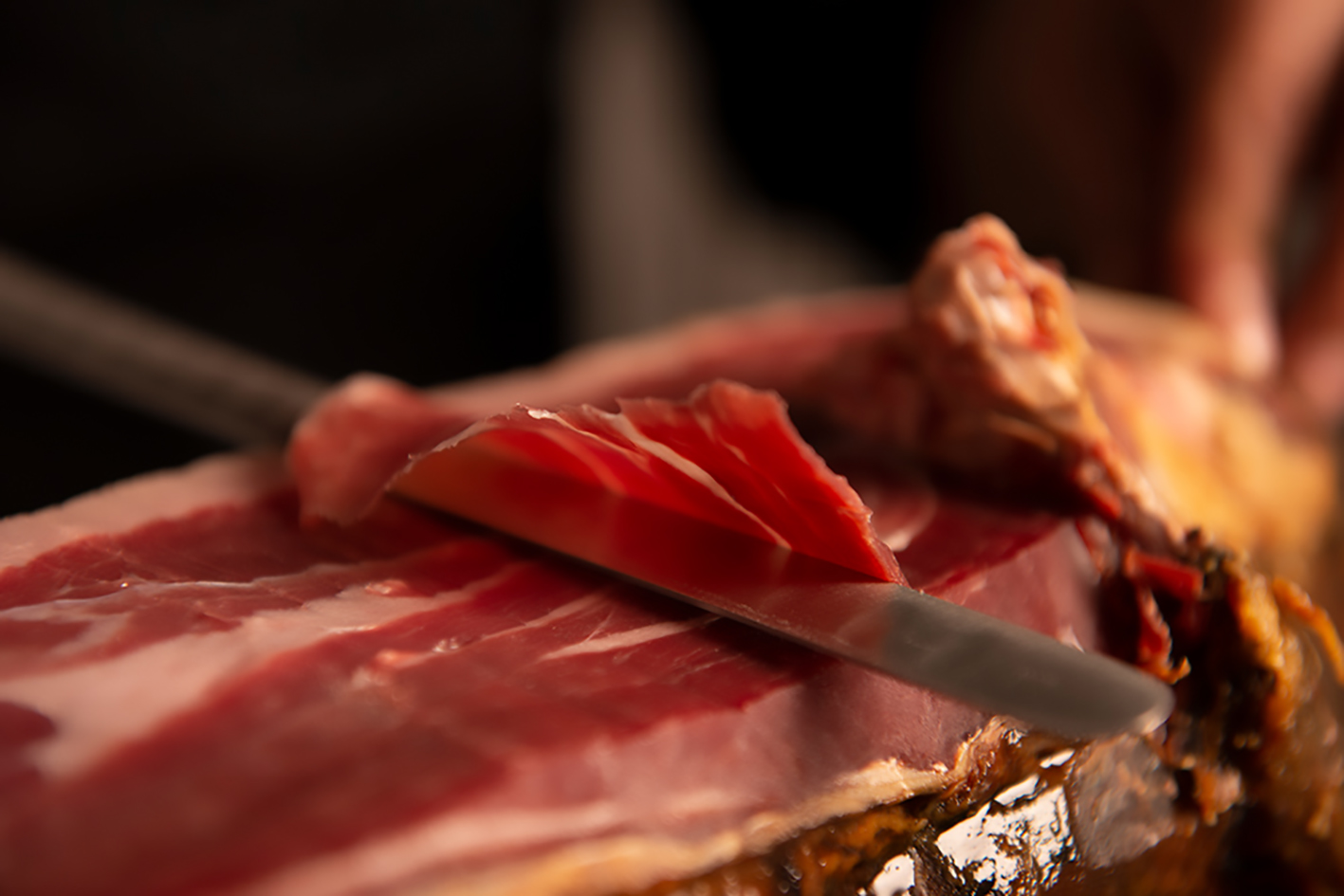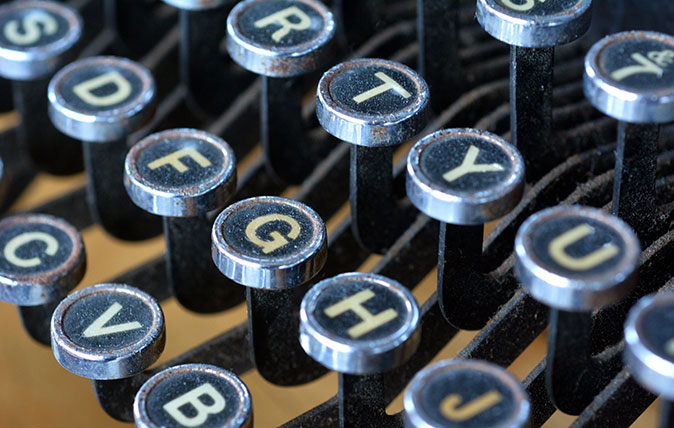Curious Questions: Are flamenco's finest the fastest dancers in the world?
Spain's national dance, flamenco, is astonishing in its drama, spectacle and sheer speed. But how fast do they really go? Martin Fone, author of 50 Curious Questions, investigates.


Think Spain, think flamenco dancing. But what is it all about and just how fast do they dance? During a recent trip to Seville, I decided to find out.
The Tablao El Arenal, housed in a splendid 17th Andalusian style house, tucked away in a back street between the cathedral and the Guadalquivir river, is one of the most famous flamenco clubs in Sevilla. It caters for around a hundred guests, a mix of flamenco aficionados and neophytes, who are seated around a rather austere wooden stage. The performance is watched in reverential silence and we are close enough to the action to appreciate fully the physical effort and emotional intensity of the performance.
The set, which lasted about an hour, contained all the elements that you would expect to see in a flamenco dance; toque (the guitar), cante (the voice), baile (dance), and jaleo, which can only be described as an informal form of encouragement involving handclapping, foot stomping and shouting. When the performers are in full flow, they create quite a racket as the stage, which has a hollow void underneath, reverberates to good effect.
Bailaoras, as the female dancers are called, wear a full-length dress, the Traje de Flamenca, which fits tightly to the upper body and then flows down into extravagant folds, with extra material at the rear, used by the dancer to accentuate her movements and poses. You can appreciate why it is said to resemble the shape of a guitar. High heeled shoes with special nails inserted into the soles to accentuate the sound made when they stamp completes their ensemble.
Bailaores, their male equivalents, wear a rather raffish costume of tight trousers, waistcoat, cravat, and highly polished shoes, complete, of course, with special nails.
As the music starts, the dancer will stand motionless, as though breathing in and assimilating the sound of the guitar and the rhythms of the hand clapping. Then they will begin to come to life, the tempo builds up, the dancer becomes more energetic and the crescendo is a blur of noise and movement.
Whilst watching, I couldn’t help but reflect how similar flamenco was to the Kathakali dance form I had encountered in Kerala where dancers express their emotions and move the story on simply through facial expressions and specific movements of the body. Flamenco is a very expressive dance form. Facial expressions, graceful movements of the arms, finger clicking, with or without castanets, seductive or defiant poses are all part of the armoury that a top flamenco dancer deploys to portray their deepest emotions.
Exquisite houses, the beauty of Nature, and how to get the most from your life, straight to your inbox.
Although its origins are unclear, it is thought that the Gitanos, Roma people who migrated from north-west India to Spain during the 9th and 14th centuries, brought with them their dance traditions and music to the cultural melting pot that was southern Spain at the time. If you add to the mix a seasoning from the prevailing cultures of the Andalusians, Sephardic Jews and the Moors, hey presto, you have flamenco. It was not until the 19th century that guitars were added to the art form.
Do flamenco dancers have the fastest feet in the world? That’s a debate that has raged for many years, with tap dancers such as dear old Roy Castle and Irish dancers such as Michael Flatley claiming various records – Castle’s 1985 record of one million taps in under 24 hours stands to this day, while Flatley once recorded 35 taps per second – a record broken by his disciple James Devine, who managed 38 in a second in 1998.
It’s flamenco dancers who hold the record for sustained high-speed taps per minute, however – at least according to Guinness World Records. Their record for speedy tap dancing stands at 1,163 taps per minute – impressive, but the number is eclipsed by Spain’s finest. On January 23rd 2009 Rosario Varela set the record for the fastest bailaora, clocking up a phenomenal 1,274 taps in a minute. But she was a relative slowcoach compared with bailaore Israel Vivancos, who recorded 1,317 taps on November 2nd 2012. By anyone’s standards, that’s fast!
Martin Fone is the author of 'Fifty Curious Questions: Pabulum for the Enquiring Mind'.

Credit: Alamy
Curious questions: Are you really never more than six feet away from a rat?
It's an oft-repeated truisim about rats, but is there any truth in it? Martin Fone, author of 'Fifty Curious Questions',

Credit: Jamon Iberico
Curious Questions: Do delicious hams from little acorns grow?
Jamón Iberico is undeniably delicious – and undeniably pricey. Martin Fone took a trip to Spain to find out how it

Credit: Rex
Curious Questions: Why do we still use the QWERTY keyboard?
The strange layout of keyboards in the Anglophone world is as bafflingly illogical. Martin Fone, author of 'Fifty Curious Questions',

Credit: apples and oranges Photo by Best Shot Factory/REX/Shutterstock
Curious Questions: Can you actually compare apples and oranges?
It's repeated so often these days that we've come to regard it as a truism, but are apples and oranges
After graduating in Classics from Trinity College Cambridge and a 38 year career in the financial services sector in the City of London, Martin Fone started blogging and writing on a freelance basis as he slipped into retirement. He has developed a fearless passion for investigating the quirks and oddities of life and discovering the answers to questions most of us never even think to ask. A voracious reader, a keen but distinctly amateur gardener, and a gin enthusiast, Martin lives with his wife in Surrey. He has written five books, the latest of which is More Curious Questions.
